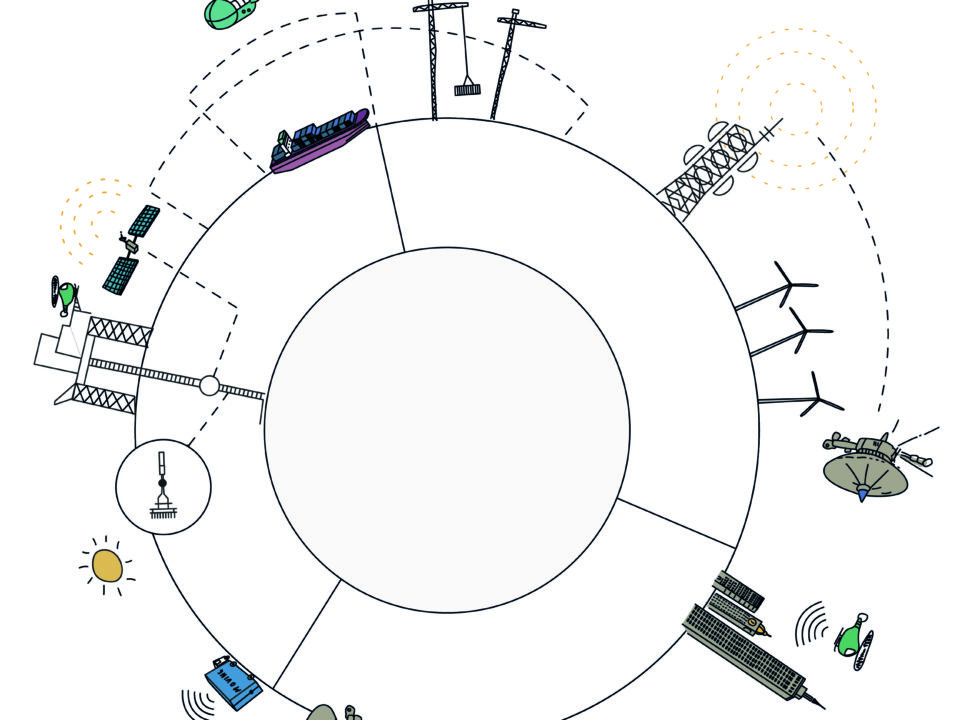Criticism of the IEEE Patent Policy
The IEEE rules: a threat to innovation and consumers
This study (Keith Mallinson, September 2017) assesses the practical impact of changes made by the IEEE to its patent policy in March 2015. According to the IEEE, these changes were aimed at protecting implementers from potential ‘patent holdup’. However, After more than 18 months in operation, the new IEEE patent policy adopted in March 2015 appears to have resulted in an 83% decline in the average supply rate of non-duplicate LOAs to IEEE standard development activities. –> Read more
The Mallinson paper evidences that a large proportion of technology contributors are no longer able to grant access to their patented technology under the terms of the IEEE’s new patent policy. Delays in adopting or implementing new IEEE standards and litigation are foreseen, unless clarity and certainty around licensing terms are restored.
Entire sectors of the economy depend on interoperable technology standards: intelligent transport and connected cars, phones, smart buildings, new healthcare solutions, domestic appliances, energy-efficient smart-meters and industry 4.0 manufacturers can no longer innovate without such standards.
The new 2015 intellectual property rules for electrical and electronics engineers standards (“IEEE”) imposed by a few companies pose a real threat for investments in technology standards; for all the sectors that depend on such standards and for consumers who do not benefit from lower prices or greater choice.
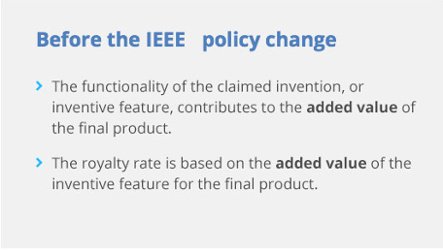
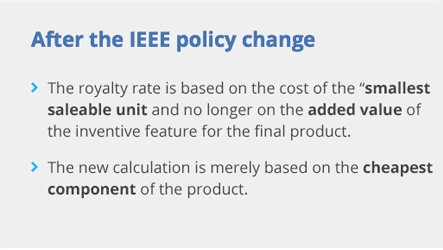
What do these new IEEE rules really mean?
J.K. Rowling would be your average Joanne
Not
too many writers earn a decent buck. J.K. Rowling, the famous author
behind the successful Harry Potter series, is quite an exception.
If we take a closer look at the logic behind the new IEEE royalty rates, J.K. Rowling wouldn’t receive royalties based on the value of a book, but instead on the smallest saleable unit = one piece of paper. That would instantly reduce her fortune.
J.K. Rowling might still be well-off but you don’t need to be a rocket scientist to understand what this really means for almost every other writer. We might just as well sign literature’s death certificate.
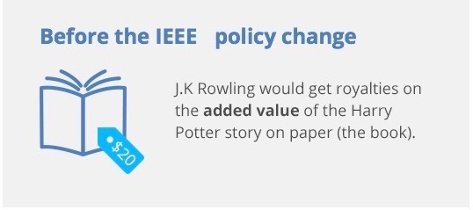
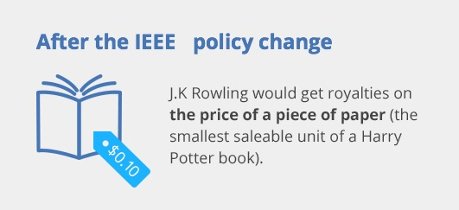
With the new IEEE rules, the return for 10 years of R&D investments by the SMEs that co-invented NCF is reduced by a factor of 30 to 50.
iPhone 6 example
Apple is one of the companies supporting the new IEEE rules. We’re curious how this reflects on their on product range and prices.
- The cost difference between the components of an iPhone 6 and an iPhone 6 Plus is around $15,5 (source teardown.com).
- The consumer price difference between the two devices is $110.
- Similarly, an iPod Touch is, in essence, an iPhone 6 without the added-value of the 3G/4G connectivity (same processors, Wi-Fi, cameras, etc.)
- The cost of the 3G/4G baseband connectivity components is around $27,5 (source:teardown.com)
- The consumer price difference between and iPod Touch and an iPhone is… over $500.
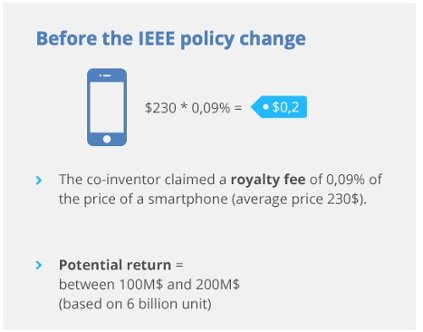
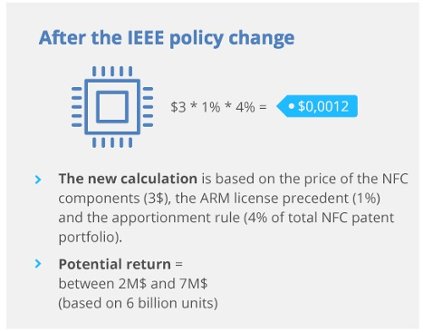
A real life example: the invention of Near Field Communication
Near Field Communication (NFC) is a standardized technology for contactless payments that replaces traditional credit cards and turns smartphone companies into banks with access to the purchasing history of their customers.
The original NFC co-inventors is a 250 employees SME that invested significant ressources over 10 years to develop the technology and contribute to the NFC standard. Without this large SME investment, NFC could not work. To break even on their NFC investment, the co-inventor still needs to recover a significant part of their orginal investment via the licensing of their patented inventions.

The price difference for consumers does reflect the added-value that a bigger screen or 3G/4G connectivity bring to the product, not the cost of components (or smallest saleable unit).
The new IEEE intellectual property rules supported by large Sillicon Valley companies and approved in February 2015 by the US Department of Justice:
- Divide the royalties for innovators investing in standardised technologies by a factor of 25 to 100 (by ’50’ in our example),
- prohibit injunctive relief and make infringing patents from innovators the new business paradigm,
- wash away R&D investments by smaller firms who cannot challenge numerous infringements by large “free-riders” corporations,
- sharply reduces all incentives to invest in the research and development (R&D) for new technology standards.
CLICK HERE to Read more about the new IEEE rules


